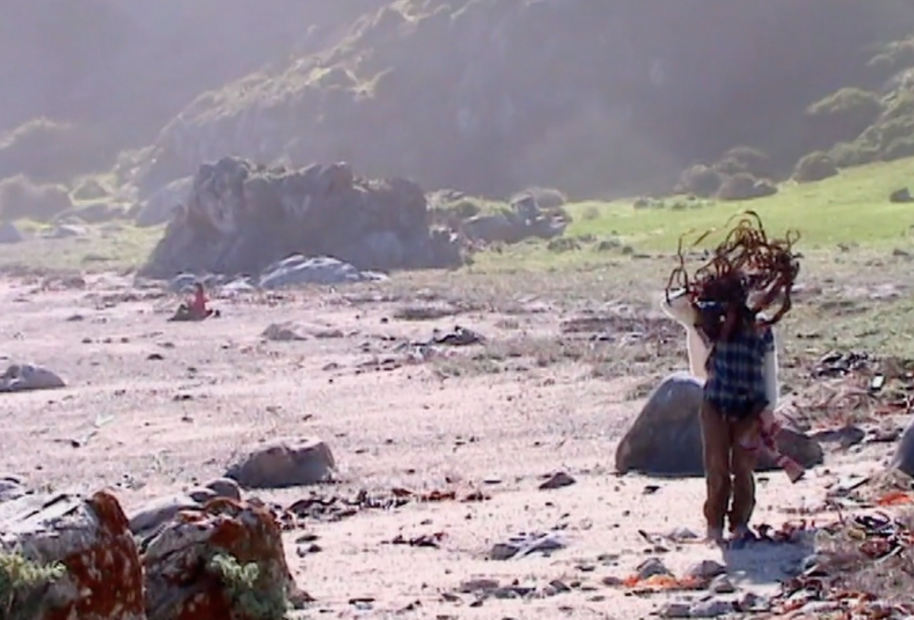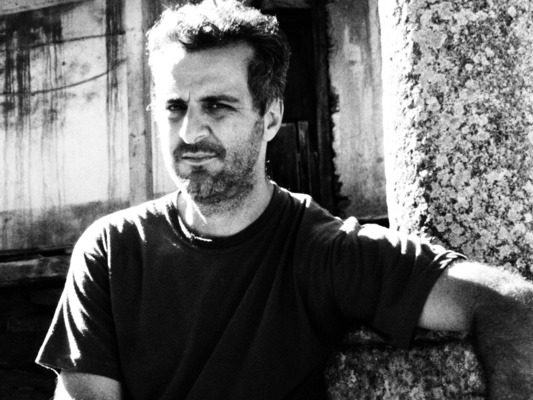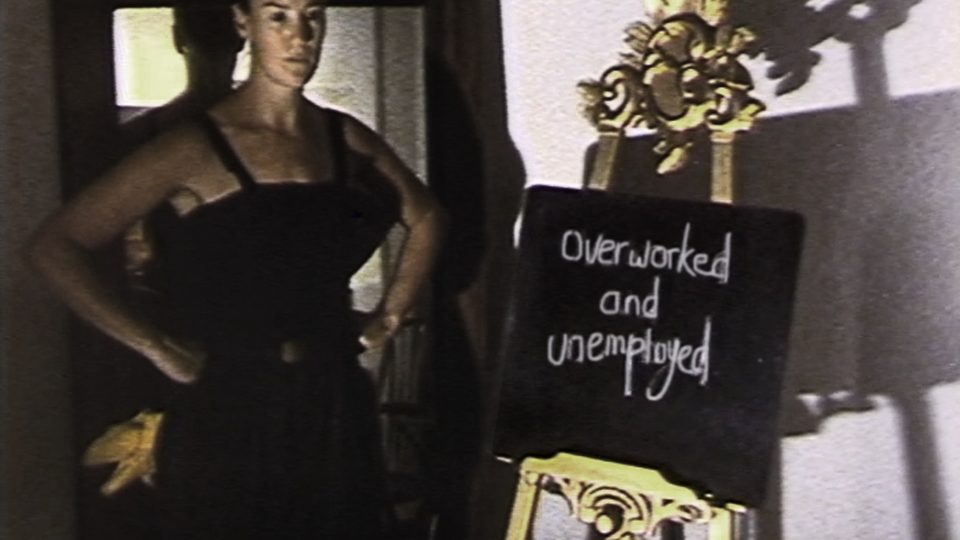
The Chilean filmmaker Carolina Moscoso’s Visión Nocturna (2019) took the Grand Prix in the international competition at FidMarseille, and although I’m writing about the film a bit late, I’d be remiss not to say it makes a tremendous impact. I’ve been thinking a lot about the vulnerabilities, dangers and traumas that women face, as yet another sexual abuse scandal rocks the film world, this time in Brazil.
Moscoso’s film is very much a rape diary. The unbearable, unspeakable act happens when Moscoso is at a beach resort, and meets up with a random group of young people. The simpático young man turns out to be a ruthless, opportunist aggressor. Moscoso presents the crime in the first few minutes, and in fact, announces it directly, flatly in the voiceover: “That’s when he raped me.” After the unreported crime, Moscoso picks up the camera and follows the fragmentary, painful, disjointed reality of her recovery. A visual diary is then a series of events, stitched together piecemeal, going forward – images of Moscoso at home with her family, observing a prowling cat, as mundane life continues, but never the same – and backwards, to the first conversation she had in the car with her father, as he picks her up and learns what happened, their discussion’s flinty, numbing tone, where the humor that Moscoso says she found in that moment is both a relief and jarring.
The film as an artifact is also a soma and a symptom. Where the diary looks forward, pointing to the narrator’s ability to take stock of the situation, and to project herself into the future, the symptom is circular. Obstinate and solipsistic, it returns to the site and the ferida of trauma. Before the diaristic “normal” can fully reestablish itself – the delicate, intimate posterior images of Moscoso with a new boyfriend, which come towards the end – first there is the struggle to feel, to process, a feeling of absent presence, of abstracted self.
Light becomes a metaphor for how difficult it is to heal reality after it cracks. As Moscoso tells us, there are three types of light in the film: Darkness, the overexposed image, and the murkiness. Somewhere between the inability to see, and the blinding clarity, which itself too is unseeing, Moscoso struggles to return to the grainy light, whose temperatures can feel more neutral. There’s also a keen feeling of seeing through surfaces, opaqueness, as in the opening, when landscape moves passively, beyond a wet window.
In these multiple disjunctions, alliteration can be equally jarring. When we’re inside the kitchen of Moscoso’s family home, the cat brings in a bird – the bird helpless, “he is dying,” a voice says off camera. A moment in which a creaturely defenselessness takes on a concrete form, becomes an image, where no image could previously exist in the viewer’s mind.
In the end, Moscoso returns to the scene of her trauma. She meets some strangers on the way and talks about her return as being “good and bad,” a gesture to the viewers who by now know her struggle to reconstruct the self. In the voiceover, she says she lost her wallet that night, and must reclaim it, although we know, as well as the narrator does, that the fixation allows her to dislocate the anxiety of the return – the wallet is not a wallet, but a useful metonymy for what was lost, what can never be retrieved, or found, but can only be reconstituted, one word, one image at a time.

